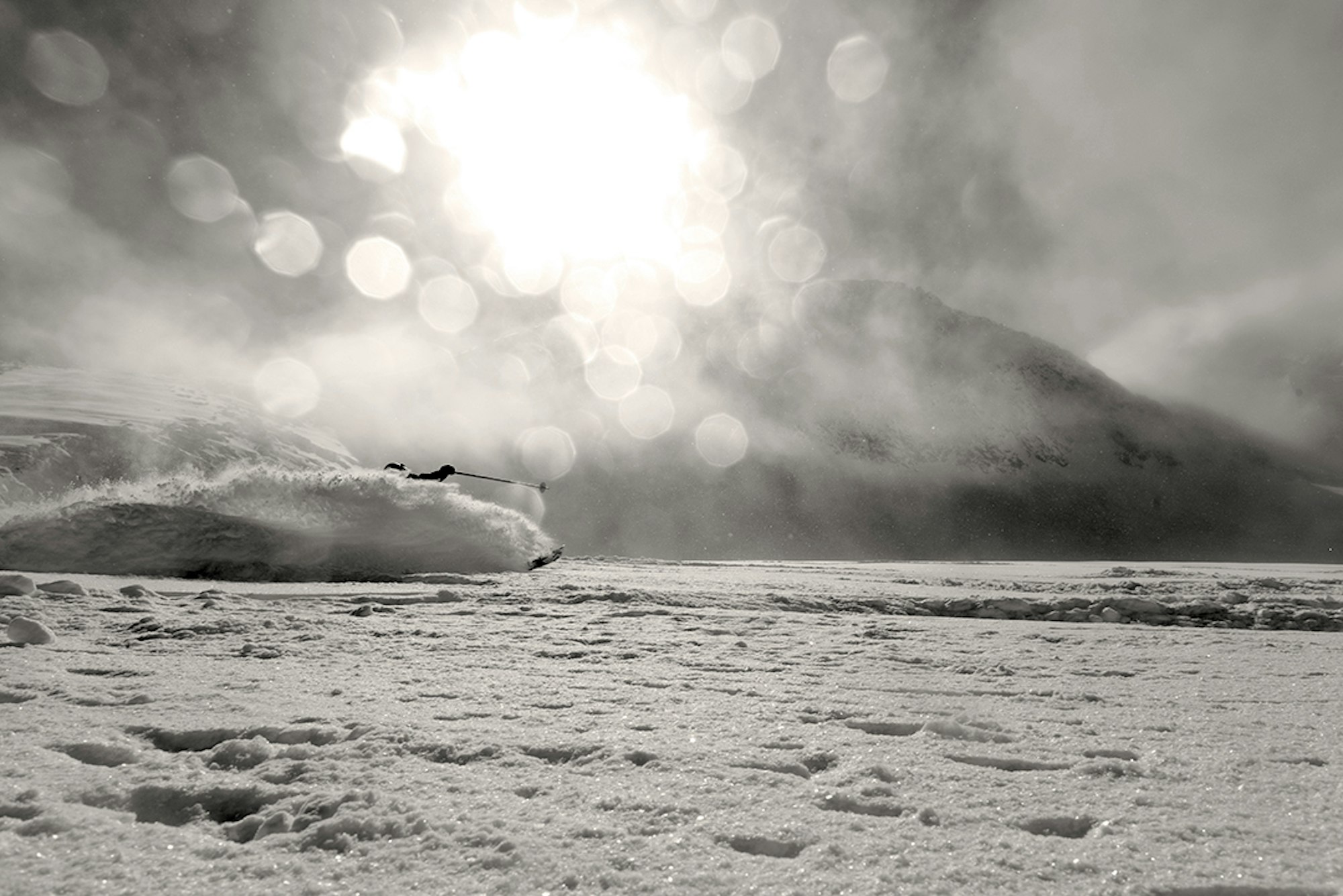[juicebox gallery_id=”334″]
Prior to February 20, 2016, I had never been heli-skiing. Heck, I had never even been in a helicopter before. And until I actually stepped off the aircraft and barrelled down my first thrilling run through the British Columbian wilderness, I wasn’t aware of the impact heli-skiing could have on how one looks at the sport. It’s like combining all of your “best days ever” into five more “best days ever” to equal one mind-blowing experience. The excitement that comes with standing atop an untouched line; snow billowing into your face on the descent; the bliss felt upon completion of your run; then heading up in the bird to do it all over again; it all adds up to, quite simply, Heaven on Earth.
No one denies that for any skier—young or old, short or tall, extreme or laidback—heli-skiing is a bucket list item. And for good reason. Helicopters allow quick and easy access to some of the most astonishing terrain and deep snow in the world. Heli-ski trips also foster a camaraderie among participants that’s unique in its own way: There’s nothing quite like cramming into a Bell 212 helicopter with 10 close (or brand new) friends to soar above majestic terrain and ski untouched pow. I confirmed all of this just a few weeks back at the CMH K2 Rotor Lodge, based in Nakusp, British Columbia. And today, based on a handful of my takeaways regarding the Rotor Lodge, I’m sharing 10 key points that every prospective heli-skier should keep in mind when considering dropping in for the trip of a lifetime.
1. Check your ego at the door
As you arrive at the lodge, you may have grandiose visions of imitating your favorite athletes’ performances, as showcased in a variety of classic ski films. Pump the brakes. Regardless of your backcountry savviness and your physical acumen on two planks, you still need to go over safety protocol and proper avalanche equipment use before you load the chopper. Following breakfast on your first day, you’ll be shown a short introduction video that touches on formal rescue techniques to employ in the event of an accident (avalanche, tree well, etc.) as well as how to safely ski with your group. Always remember that your heli-ski adventure is taking place entirely in backcountry terrain.
You’ll go over the proper use of a beacon, shovel and probe, each provided to you by CMH. No, not for keeps. Again, it doesn’t matter how familiar you are with this equipment—participation in the practice is mandatory. Who among us couldn’t use a refresher every now again, right?
Then, you’ll need to be schooled on proper protocol for maneuvering around the helicopter. Since the chances of you winning a fight against a massive, whirling rotor blade are non-existent, it’s best to listen up. Once you’re briefed on all of the above, you’ll be whisked away into the Selkirk Range, but don’t expect to channel your inner Seth Morrison on the first run. Your guides will ease you into the skiing experience, gauging your ability level and warming you up for what’s to come. You’ll have plenty of opportunities to get into bigger terrain as the week goes on, don’t worry.
Finally, be sure to respect and listen to your guides. The CMH guides have, on average, 14 years of guiding experience in these mountains. Their knowledge of the massive tenure is extensive and their main goal is to ensure guests have a safe and rockin’ time. They want to see your face caked in snow as much as you do.
2. Be ready to lend a helping hand
“It takes a village.” That is to say, it takes the efforts of everyone involved—yourself, the guides and the pilots—to ensure everyone has a safe and top-notch experience. Before the skiing begins each day, one member of your group will be chosen to act as the “door person.” It’s this individuals’s job to open the cabin door once the bird lands for pickup and hold it ajar while the remaining party members enter the chopper. Then, after jumping in themselves and ensuring everyone is securely buckled in, they’ll close and lock the door. Once the helicopter deposits the group atop the designated skiing zone, they’ll be the first out, hold the door for the group and shut and lock it so the chopper can take off. I personally found the job of door person to be fun and exciting. There’s something about ushering people in and out of the bird while massive rotor blades spin above you that just gets the juices flowing. Plus, you have the option to yell, “Get to the choppah!” in your best Schwarzenegger voice. I trust you’ll enjoy being the door person, too.
Additionally, after every run, it’s each guest’s responsibility to bundle their skis and poles together at the pickup point. This allows the guide to quickly and easily load equipment onto the chopper before departure. These may seem like trivial responsibilities, but they ensure a smooth and enjoyable day.
3. Be ready to stack a ton of vert
I don’t recommend spending your first day on skis for the season in a heli. I didn’t do that, I’m just sayin’. Over the course of my week in Nakusp I racked up 124,776 vertical feet of skiing. For a five-day Signature Skiing trip, CMH guarantees 71,000 feet of vert, with the option of tacking on more in 3,280-foot increments ($135 per increase). That’s a helluva lot of skiing. It’s best to make sure your legs are up for the challenge. If at any point you feel your performance slipping due to fatigue, ease the foot off the gas a bit. I know, it’s easier said than done. But, an injury is the last thing you want and plenty of untouched snow will be left for you in the morning.
4. Keep your head up, your eyes and ears open
Each day you’re heading into a backcountry environment. While the guides are there to keep everyone safe and monitor the weather and snow conditions, it doesn’t hurt to keep an eye out yourself. Your radio will be blaring often and each group that’s out for the day shares the same frequency. Listen to what the guides are reporting. Usually one of the guides spends the day collecting snow data from different zones, informing other guides whether or not certain lines are safe to ski. It doesn’t hurt to listen in.
Be sure to keep your eyes open. See any signs of recent slides? Let your guide know. You may notice something that they have not, and by relaying information to them you can help out every group that’s skiing for the day. And again, listen to your guide. Generally, if you’re approaching a steeper slope, the group leader will tell everyone to be cognizant of sloughing and to avoid steering into cascading snow to prevent being swept off your feet and taking a ride.
And I can’t stress this enough, but practicing proper protocol around the chopper is of the utmost importance. The main and tail rotors are violently revolving mere feet from your body. Listen to your guides, don’t mess up, don’t get decapitated…it’s sure to ruin everyone’s day.
5. The tree skiing is mind-blowing
Now for the fun stuff: Skiing. The tree skiing in the CMH K2 tenure is unbelievably good, especially on a storm day when visibility can prevent the choppers from landing above treeline. Imagine accruing blower (this is Interior BC, not the Coast) face shots amidst optimally spaced, towering pine and fir trees on consistently steep pitches. That’s the reality at CMH K2. Much of the snow in the Selkirk Range tends to pile up and is subsequently blown into the trees by the wind, resulting in much deeper conditions than the surrounding alpine. Additionally, so much snow falls on the trees that it can cause them to simply topple over, resulting in evenly spaced, easy-to-maneuver lines down the mountain.
A sampling of what it’s like on a storm day at CMH K2.
6. Oh, the pillows
Pillows, both big and small, litter the high alpine and trees of CMH K2’s 1,144-plus square kilometers of terrain. The operation even offers a “Steep Shots and Pillow Drops” program that invites skiers to tackle the most challenging natural features in the tenure. On any given run you can incorporate small to mid-sized mushrooms (like the one pictured below) into your run or stand atop monstrous rock staircases that you’ll have to mentally prepare for before dropping into. Either way, there are plenty of opportunities to go airborne.
7. The weather is always changing
The name of the game here is patience. Sometimes a helicopter drop-off spot can have clear weather one minute and be completely socked in the next, forcing the group to select a different zone to ski. Don’t fret, as that same zone may be clear later in the day, allowing you to get the goods. And if you wake up to rainy conditions down in town, keep calm, as that probably means a buttload of snow is falling higher up in the heli-skiing tenure. Damp conditions at lower elevations can also translate to sunny conditions up high thanks to an inversion. Just roll with it.
The tenure of CMH K2 lies within two mountain ranges: The Selkirks and Monashees. For the entirety of my trip we shredded in the Selkirks, but later in the season when snow conditions have settled, you may get the chance to tackle the glaciated, high alpine terrain of the Monashees. It all depends on weather.
8. The Rotor Lodge is a damn good time
The CMH K2 experience isn’t all about the shredding. The Rotor Lodge is an ultra-funky motel in the heart of the lakeside town of Nakusp. The lodge comes complete with an awesome bar, sleek dining area and fireside lounge. Classic photos of K2 athletes adorn the walls and a lineup of the best K2 skis throughout the years can be found in the dining room. They’ve even have a shuffleboard table in the bar for the competitive type. During each sunset and sunrise, you can bear witness to stellar views of the Monashee Range on the other side of Upper Arrow Lake. It’s the kind of view that makes you say, “Damn, this does not suck.”
To top it off, the Nakusp Hot Springs lie right next to one of the chopper drop-off areas in town. It’s tough to imagine a better way to end the day than with a good soak. Keep in mind, the Hot Springs have a BYOB policy.
9. You’re never going to look at resort skiing the same way
As one guest named Tom Fontana—who has racked up over 1.6 million vertical feet over several trips to CMH—told me, “[heli-skiing] is like cocaine. It’s white, it’s habit forming, it’s expensive—but the cops won’t come knocking at your door if you do it.”
Heli-skiing is, and should be, at the top of every skier’s bucket list. It provides the rare opportunity to get into terrain and snow conditions that very few people can access. Whether you’re thirsty for high alpine bowls, steep tree shots or towering pillow lines, booking a heli-ski trip will almost certainly satiate that appetite.
10. Pack the correct gear
The CMH K2 Rotor Lodge provides guests with a selection of K2 pow skis (the Annex 108, Pinnacle 118 and Pon2oon for the men; the Remedy 102, Luv Boat 108 and Remedy 112 for women), Scott ski poles, Black Diamond shovels and probes and Mammut Barryvox avalanche transceivers. Guests are responsible for the rest. For reference, here was my selection of equipment that kept me protected and comfortable on the mountain:


K2 Pinnacle 118: The Pinnacle 118 is Seth Morrison’s pro model ski—it’s stiff, stable and built to go fast. Its 118-mm platform and wide, rockered tip ensure it’ll surf atop the deep snow you’ll encounter at CMH K2. Its rockered pintail also allows for seamless turn initiation.
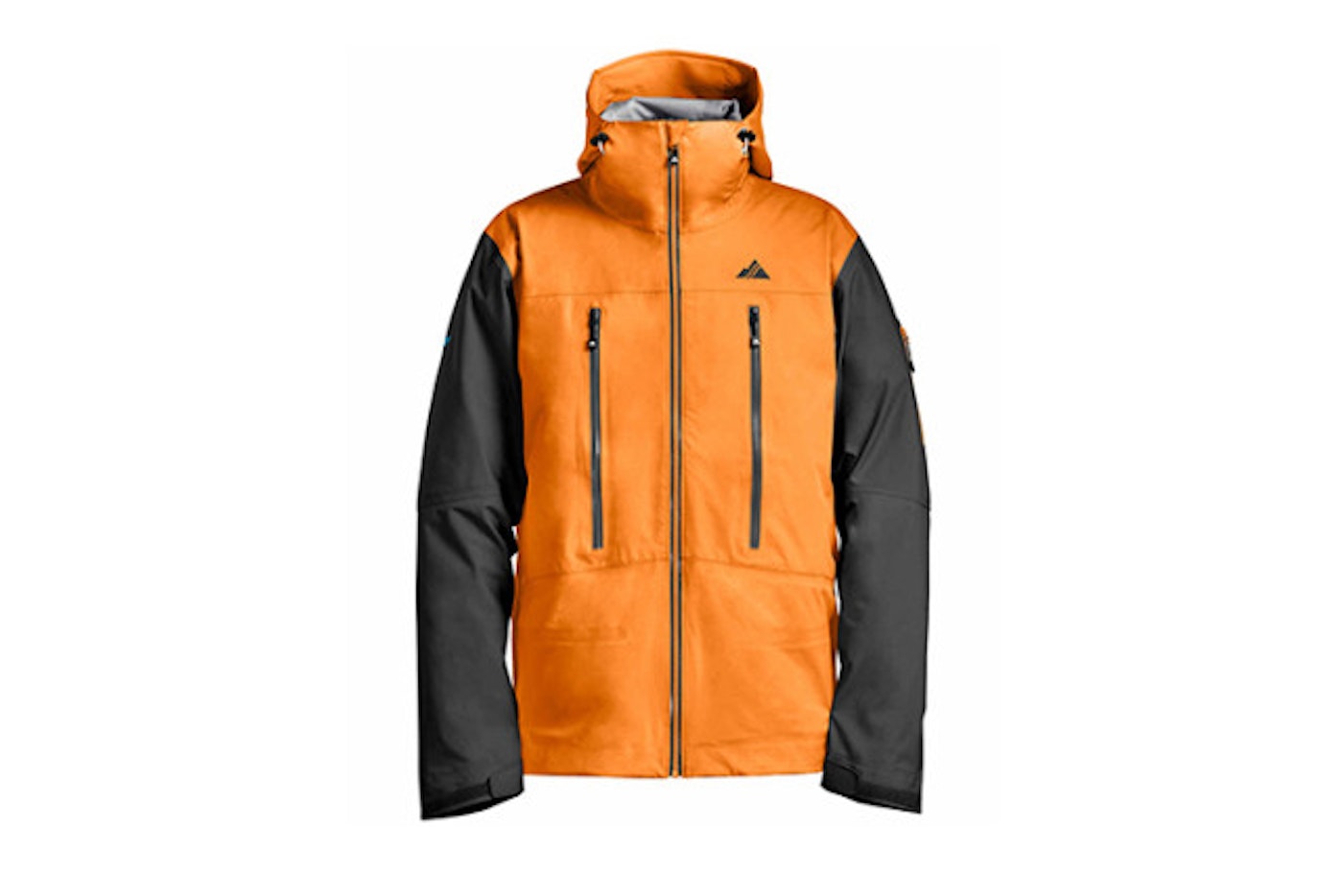
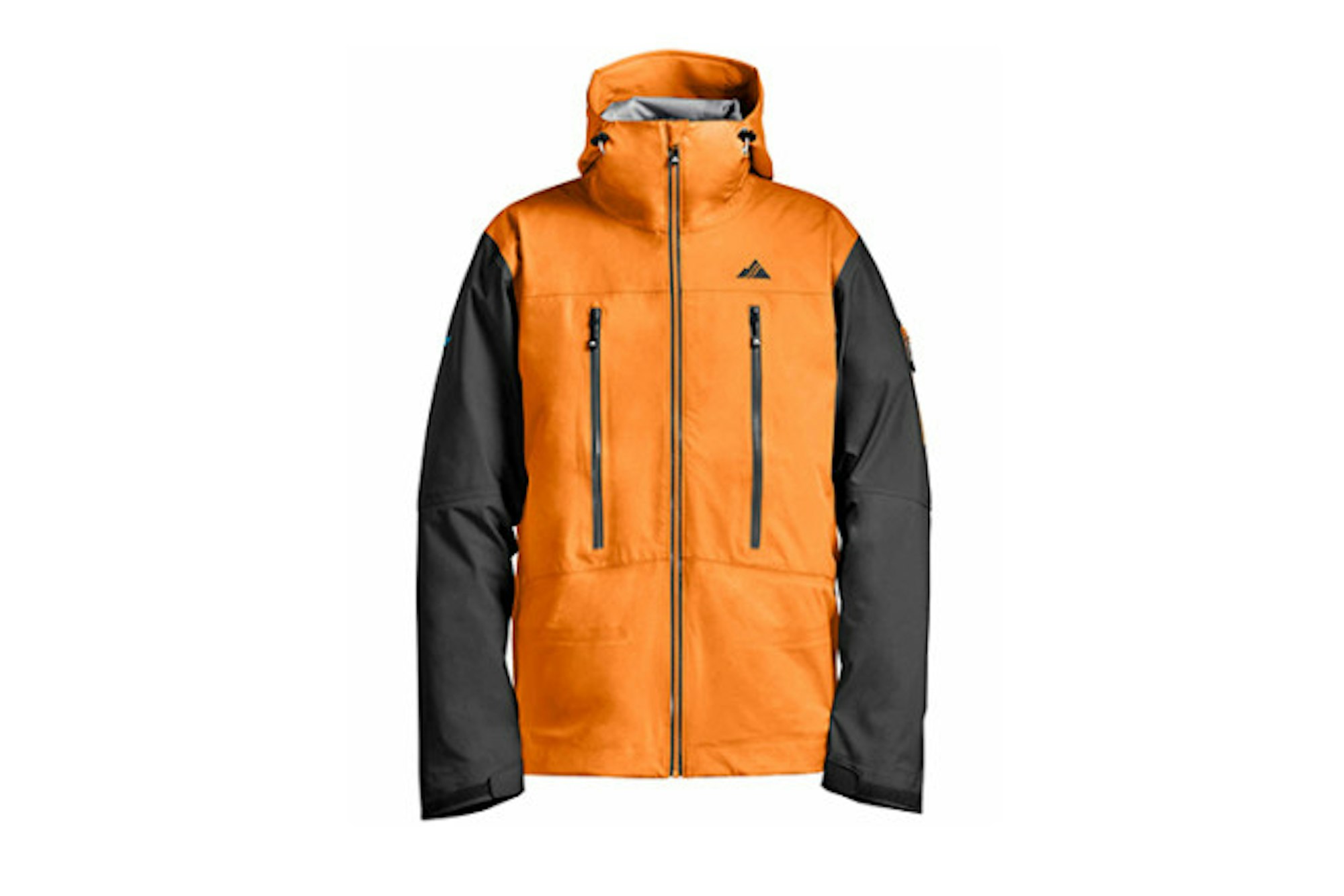
Strafe Cham jacket: The Cham jacket is a minimalist shell meant for backcountry travel. Its Polartec Neoshell construction ensures it’s highly breathable and waterproof, which kept me protected and comfortable whether it was nuking snow or the sun was shining bright. It also features large chest pockets intended to store skins during backcountry descents, which came in handy when carrying my radio.
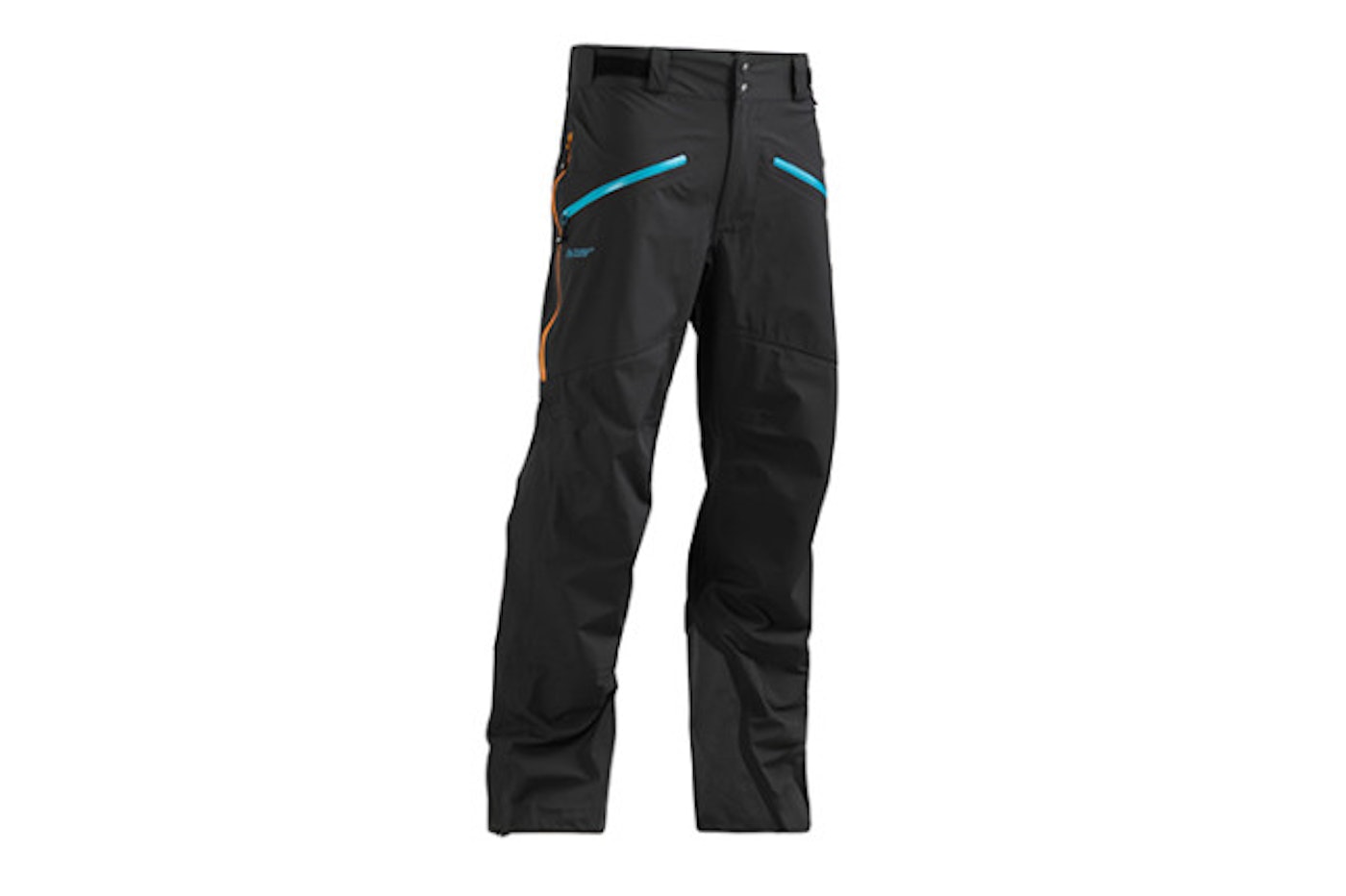
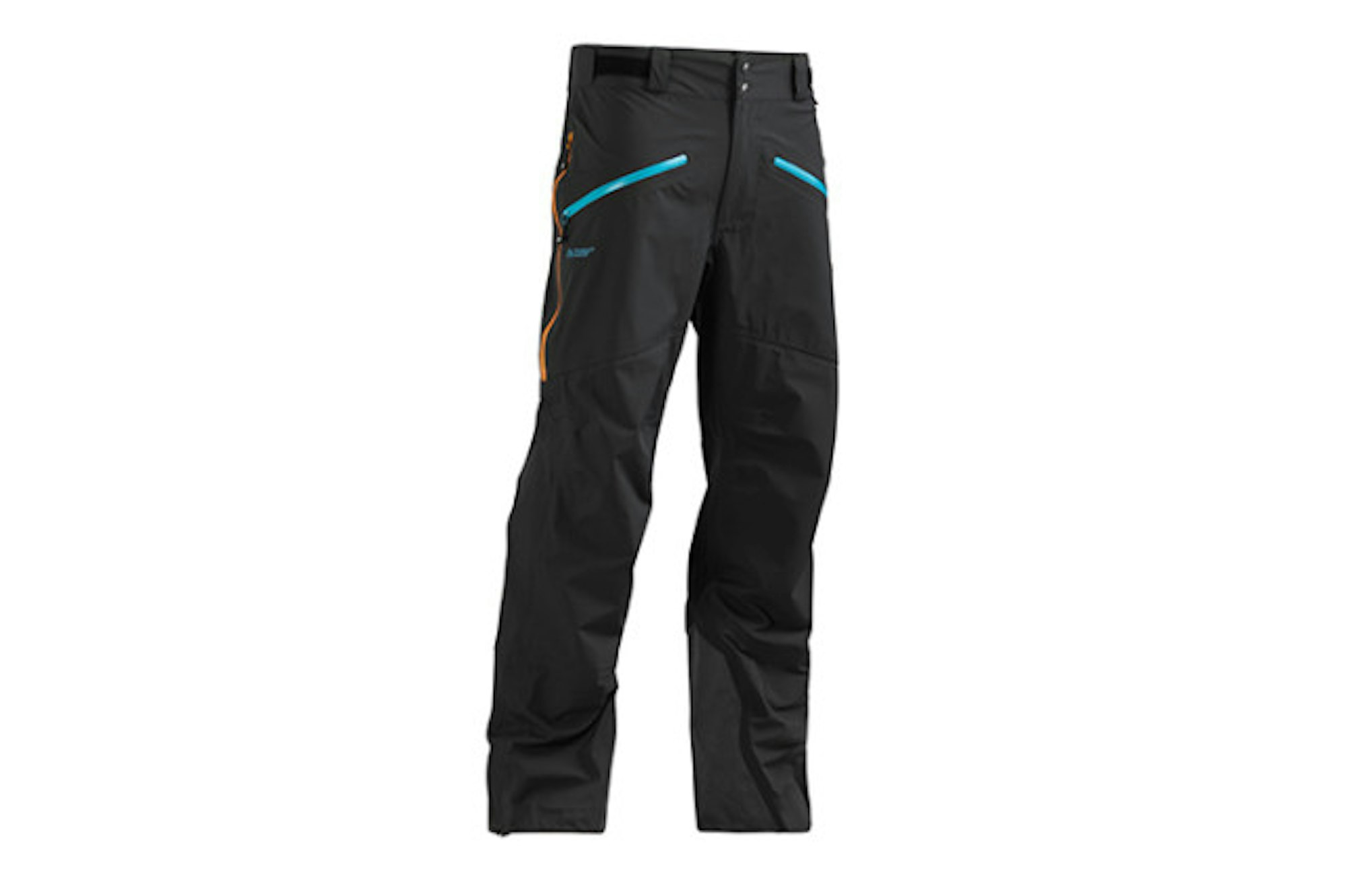
Strafe Cham pant The Cham pant, like its corresponding jacket, is built with Polartec Neoshell for the ultimate in breathability and waterproofing. Its large side vents also aided in providing optimal airflow; this was appreciated when the sun was beaming on us in the high alpine.
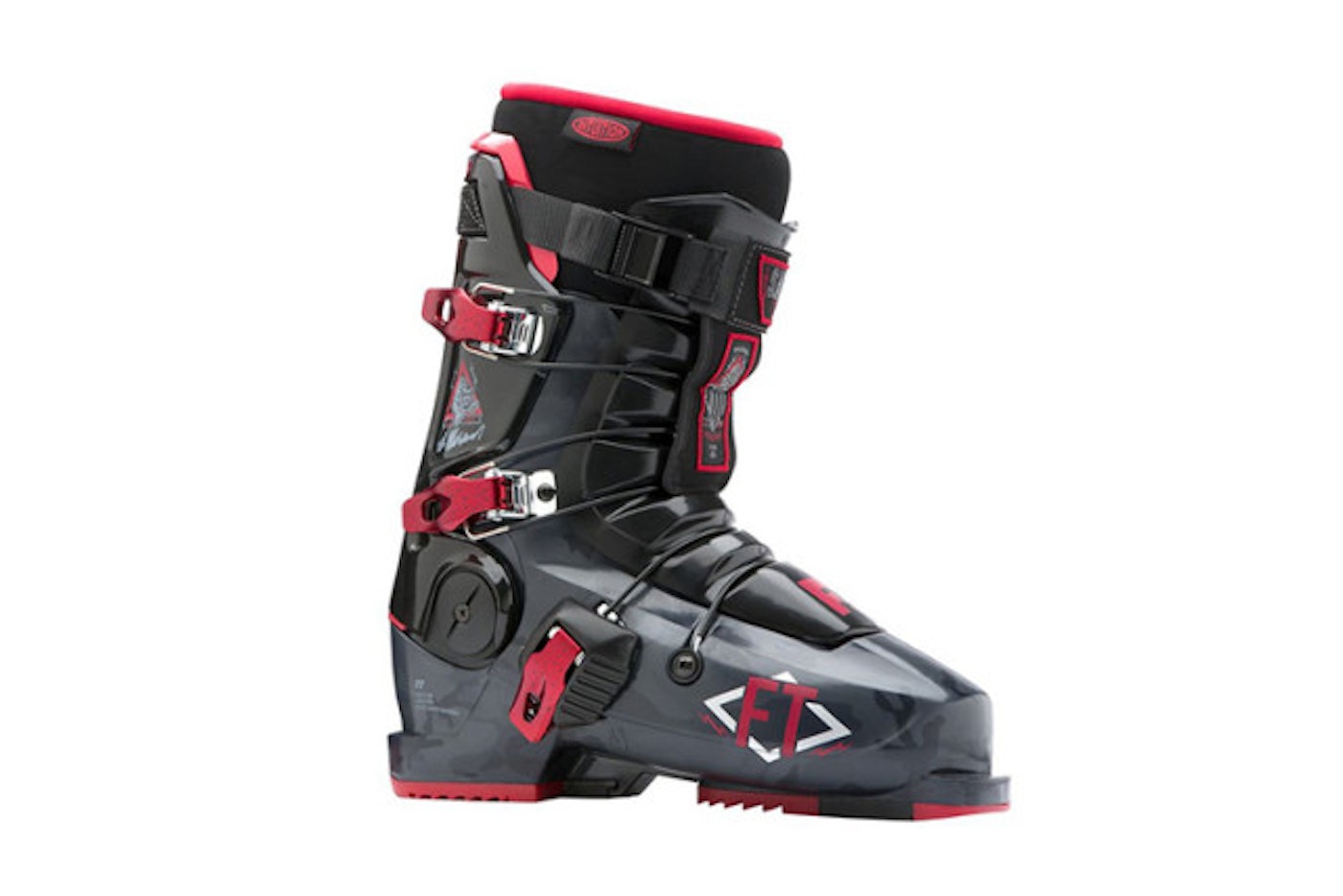
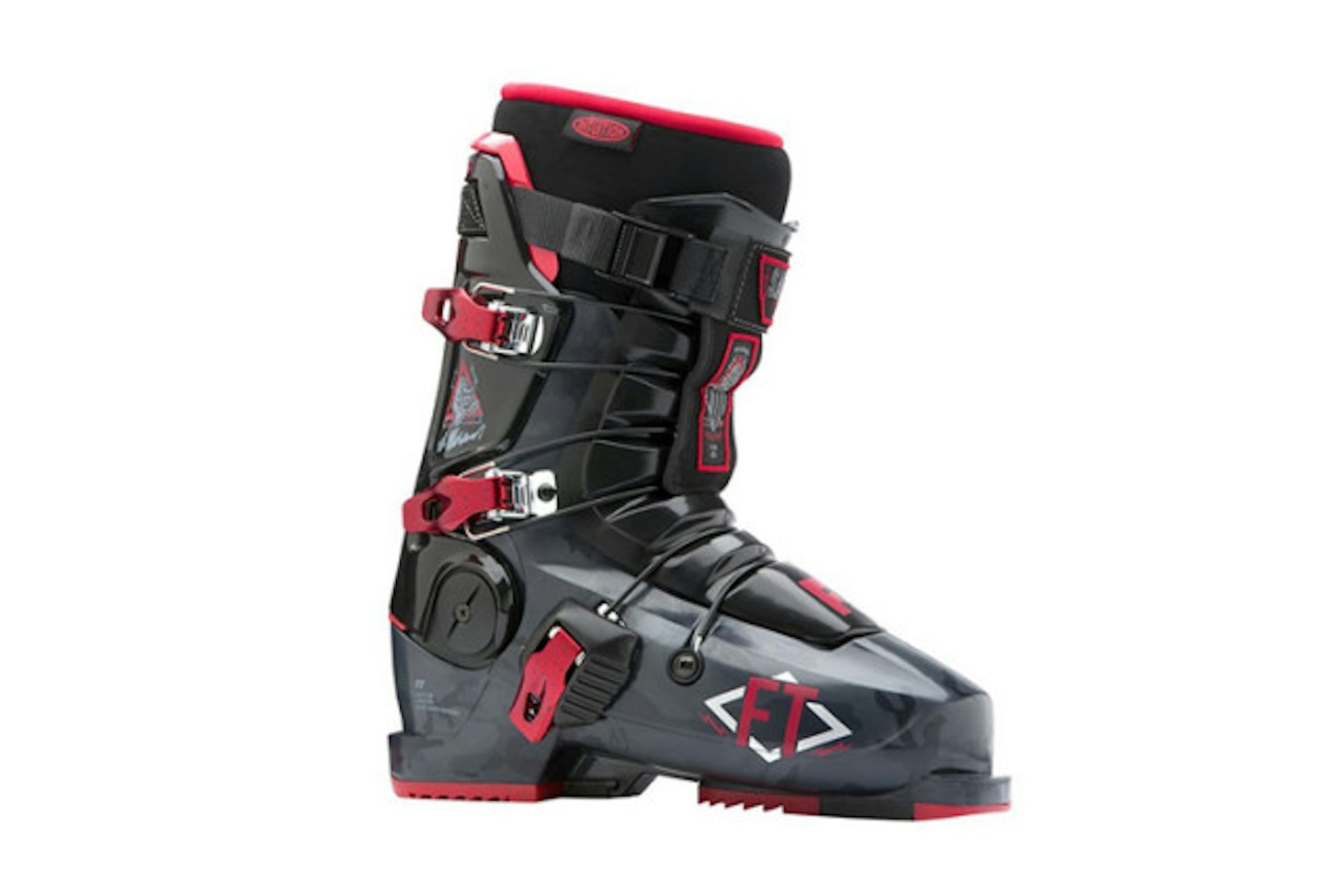
Full Tilt Seth Morrison Pro boot: Whether you’re shredding pow or getting in and out of the chopper, you’re going to be in your ski boots all day and will want a comfortable pair. Thanks to the Intuition liner in these boots, my feet were warm and cozy all week. Additionally, the Seth Morrison Pro is the stiffest boot in Full Tilt’s lineup, ensuring optimal performance when shredding high-speed turns.
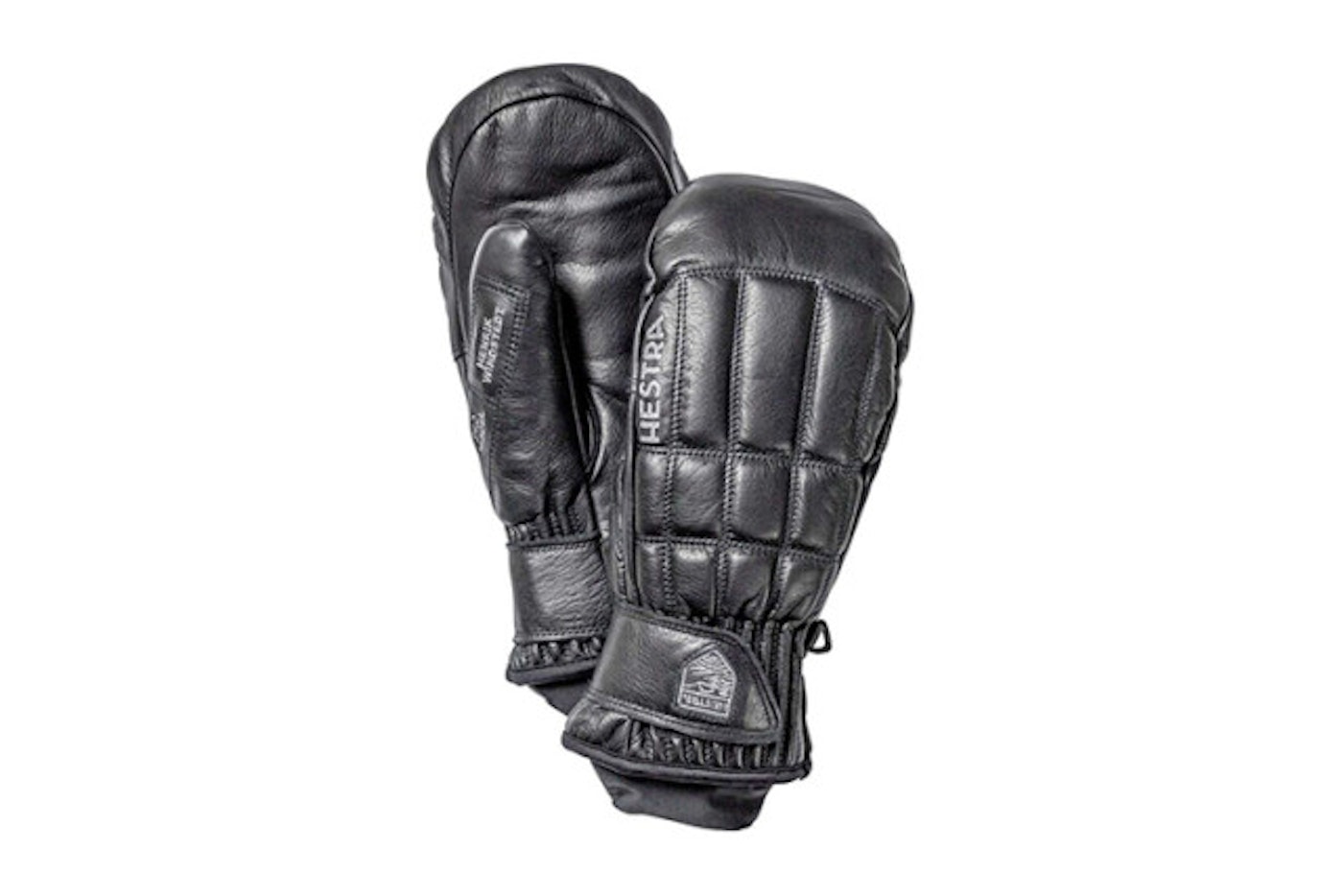
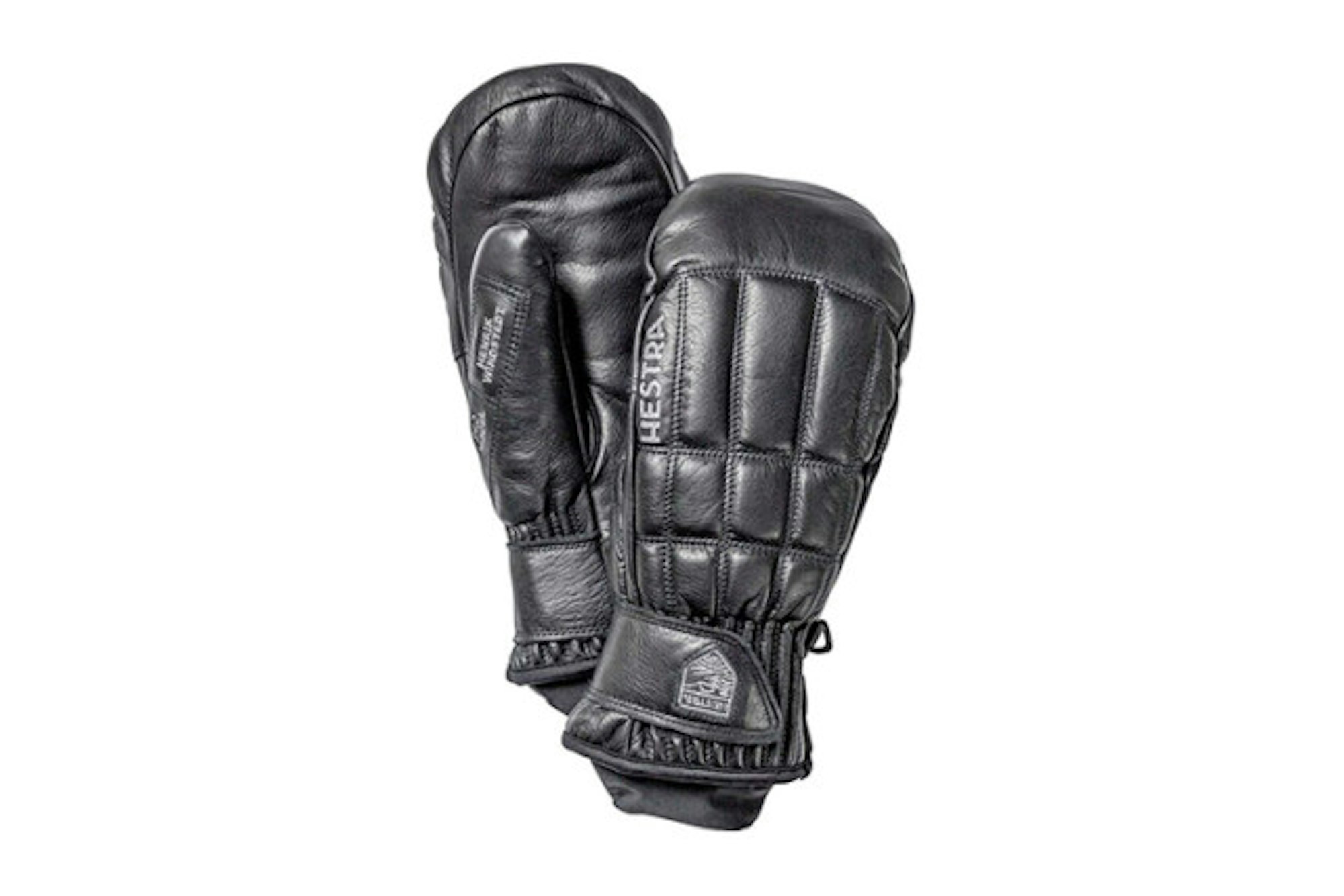
Hestra Henrik Windstedt Pro mitt: Hestra makes some of the best gloves on the planet, and the Henrik Windstedt pro model mitt is no exception. Its Thermolite insulation kept my hands ultra-warm, the inner Lycra cuff kept snow and wind out and the hook-and-loop straps kept me from losing them during the constant boarding and unloading of the helicopter.
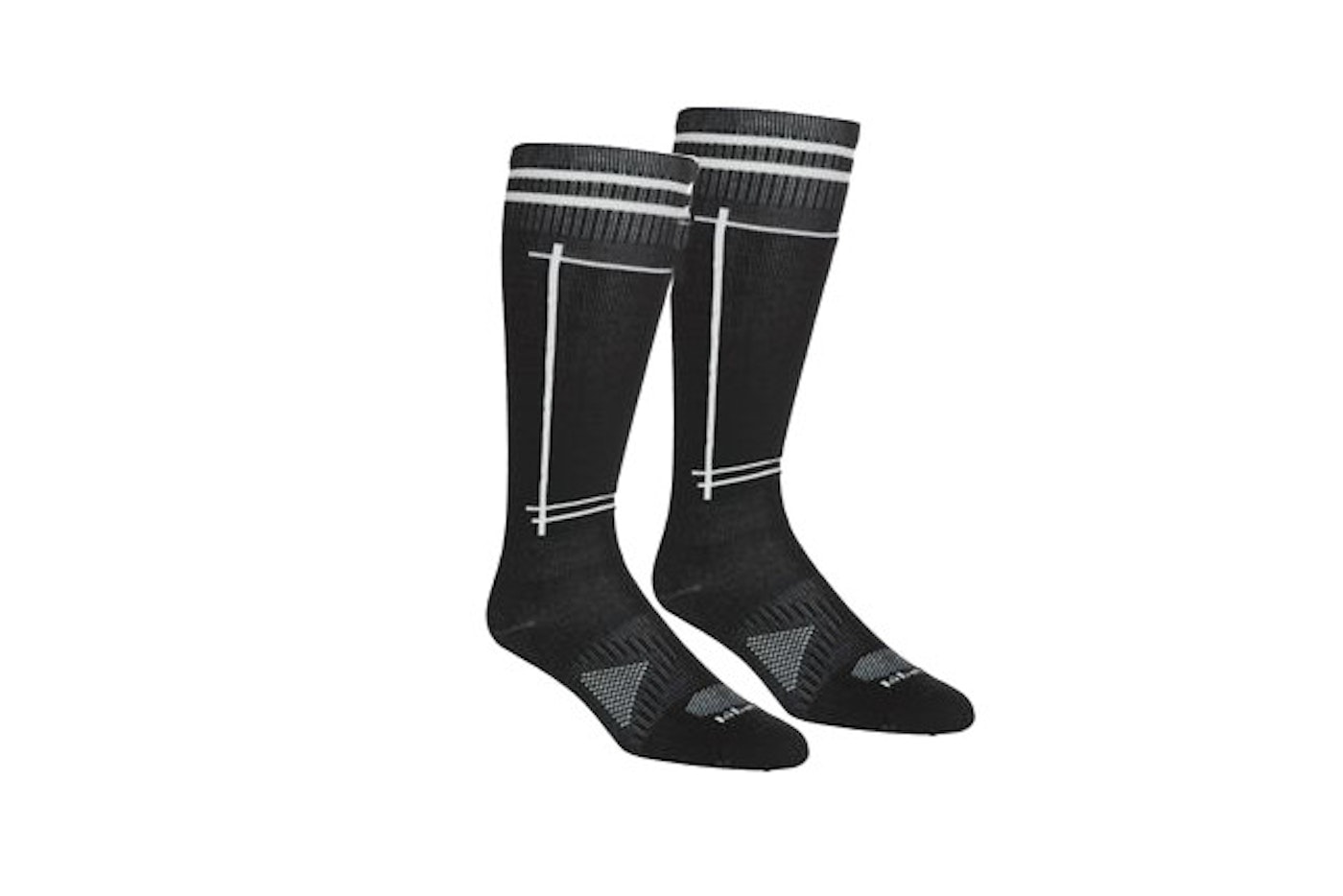
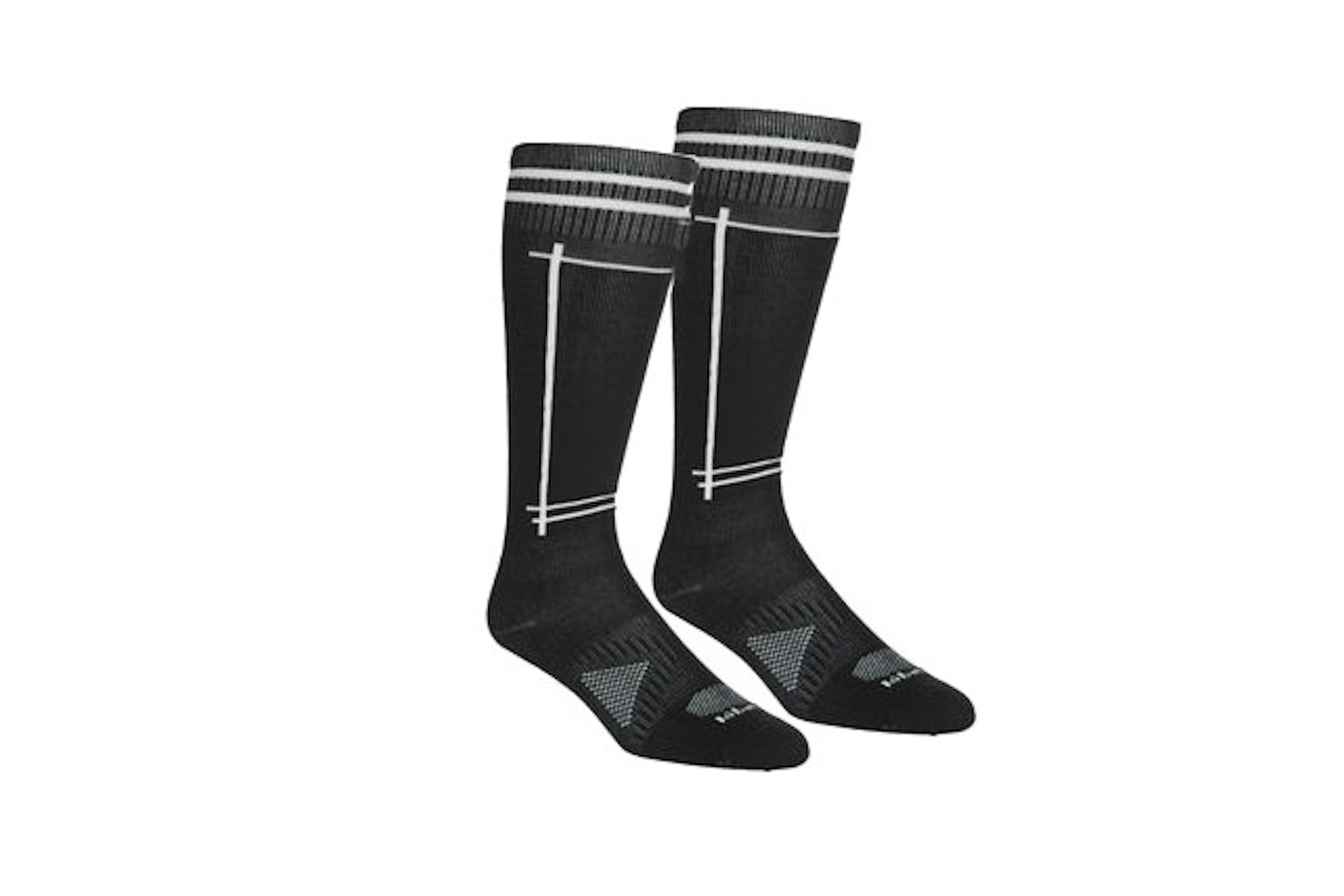
Le Bent Le Definitive Ultra Light socks: As I said above, you’re going to want to keep your feet as comfortable as possible throughout your long days in the wilderness. These socks’ bamboo and merino construction is incredibly soft and comfortable, while also working to combat odor. It also features added support in the Achilles, upper and lower instep and ankle for added support.
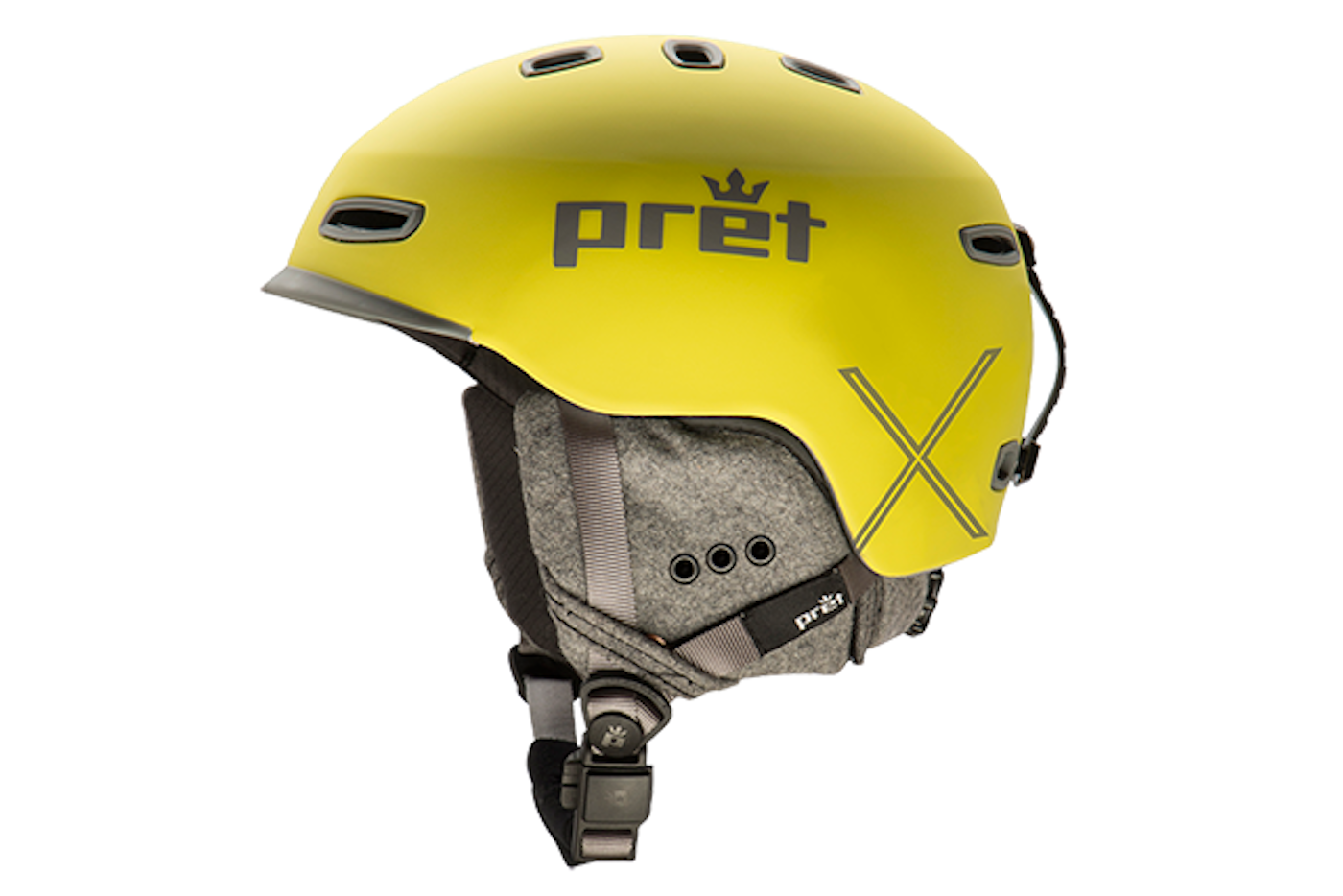
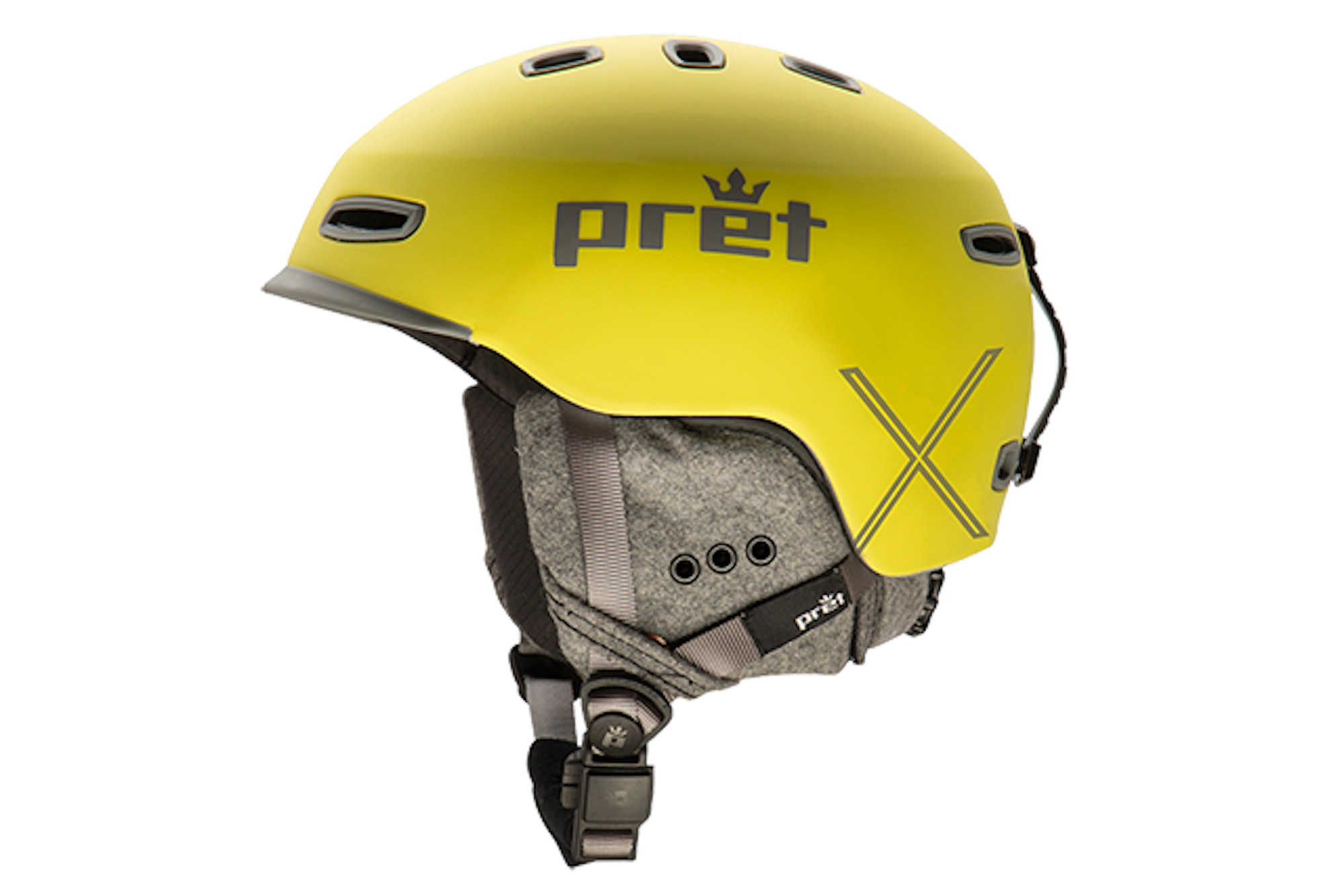
Pret Cynic X helmet: The Cynic X is a lightweight dome protector that utilizes MIPS for the ultimate protection from rotational impacts—just in case you take a tumble while sending it in CMH K2’s massive tenure. Its inner X-Static fabric is also odor combatant to prevent it from stinking up your room when the day is over.
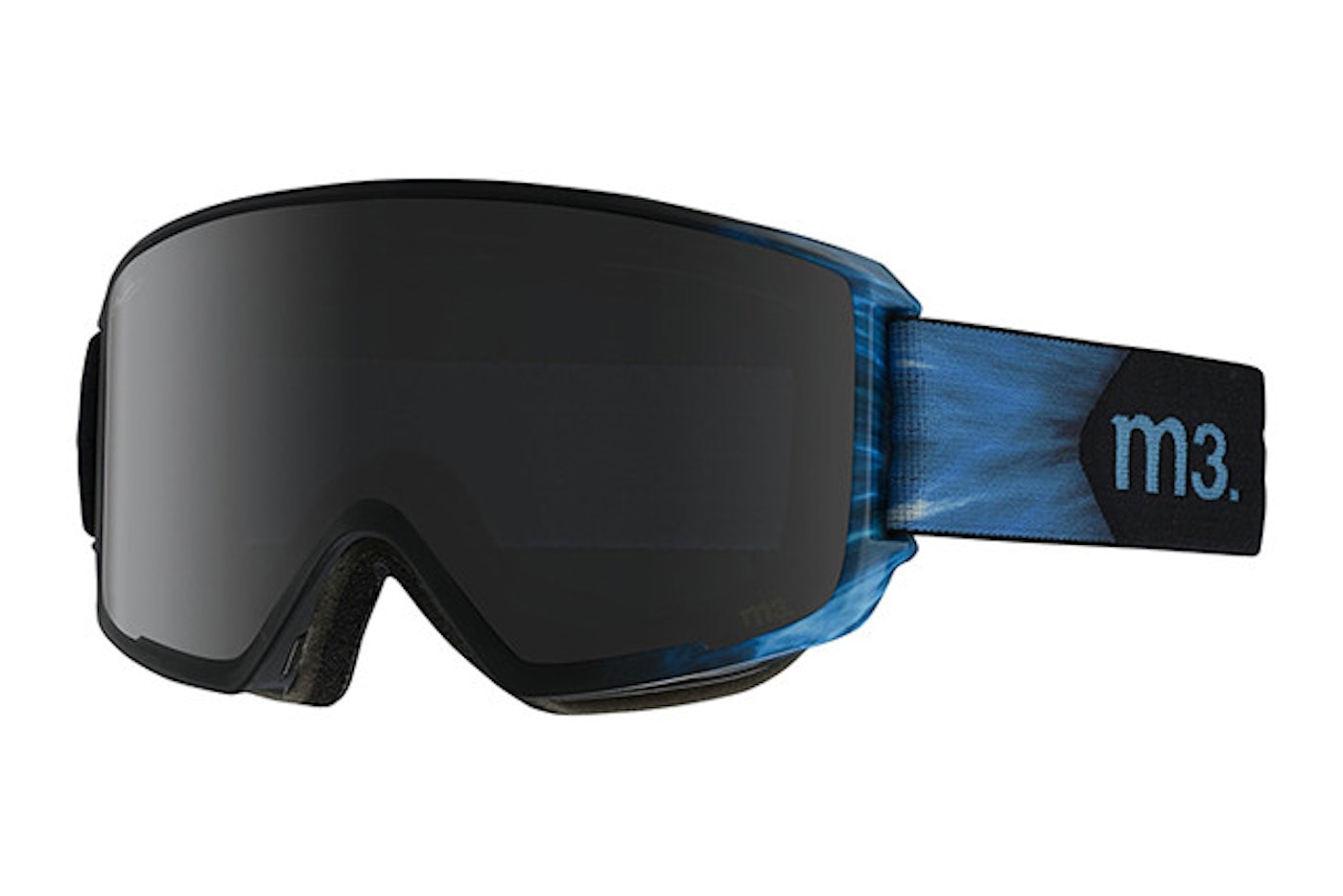
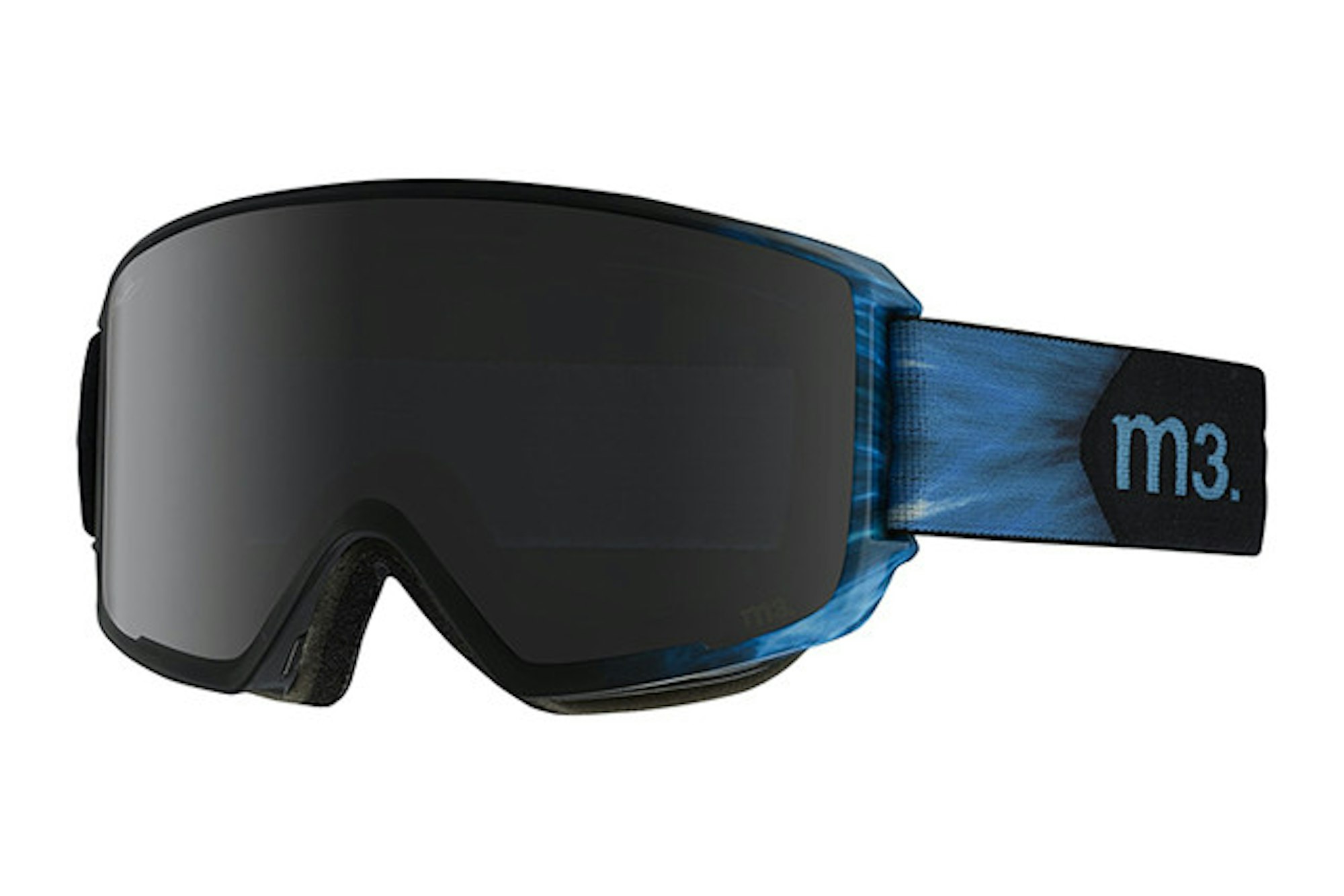
anon. M3 goggle The weather is constantly changing when you’re heli-skiing so having the right goggle lens is key. The cylindrical-lens M3 goggle utilizes anon.’s Magna Tech lens change system ensuring you can change your lens at the drop of a dime.
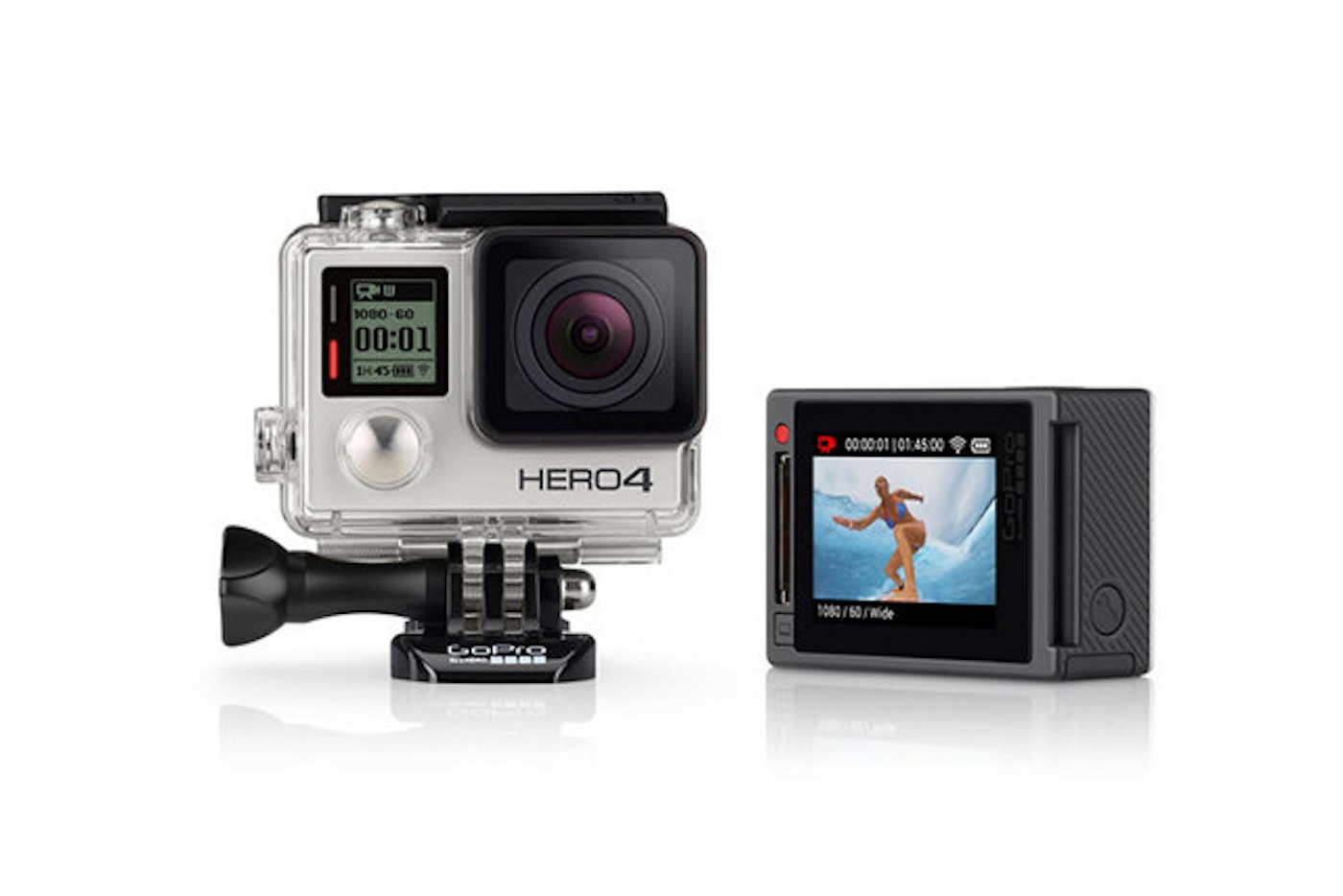
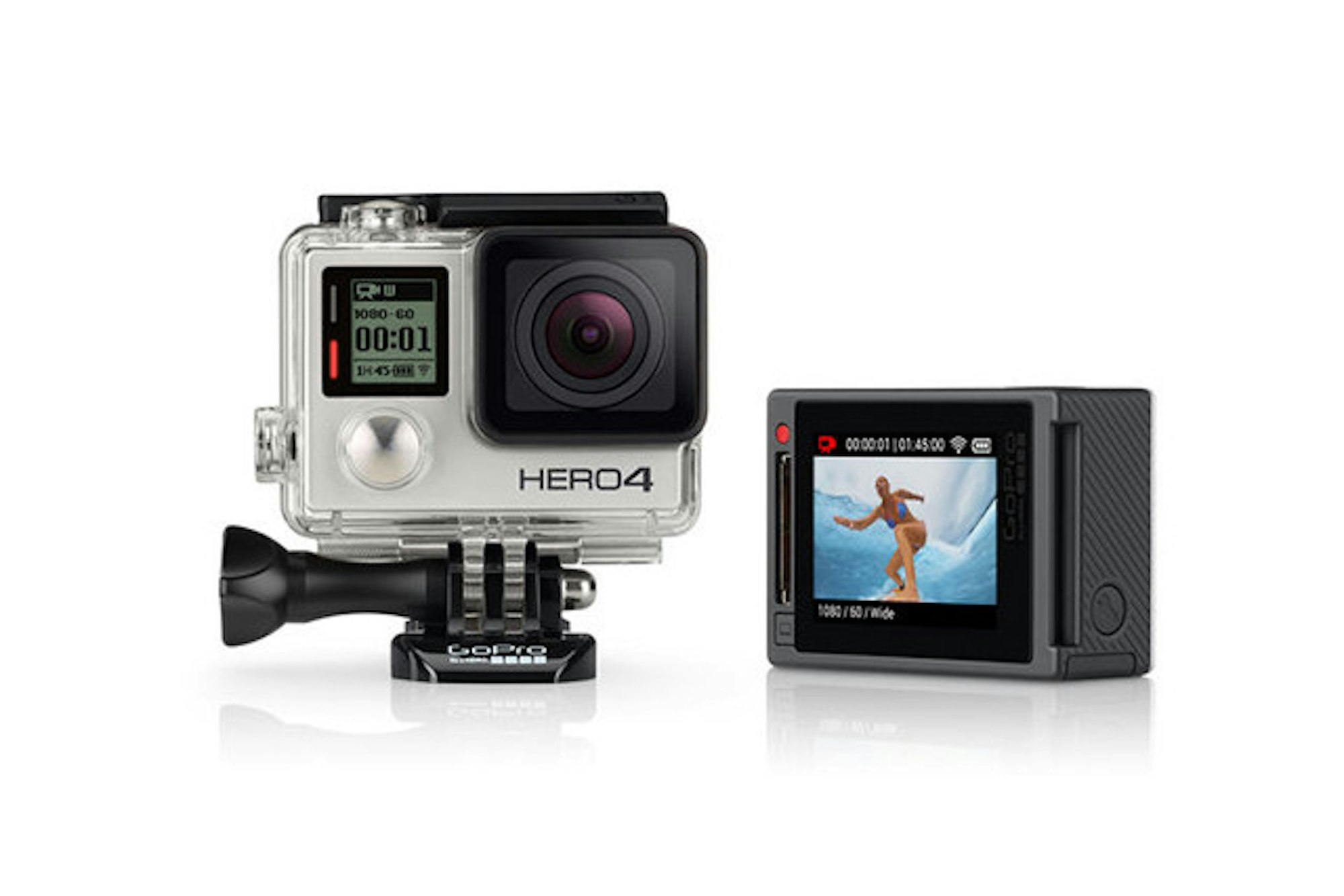
GoPro Hero4 Silver You’re going to want to capture your visit to the CMH K2 Rotor Lodge on camera and the Hero 4 Black is arguably the best action cam on the planet. It shoots both 1080p60 and 720p120 video and can capture 12 megapixel still photos. The Hero4 Silver, on the other hand, features a touch screen display so you can review your footage from anywhere.
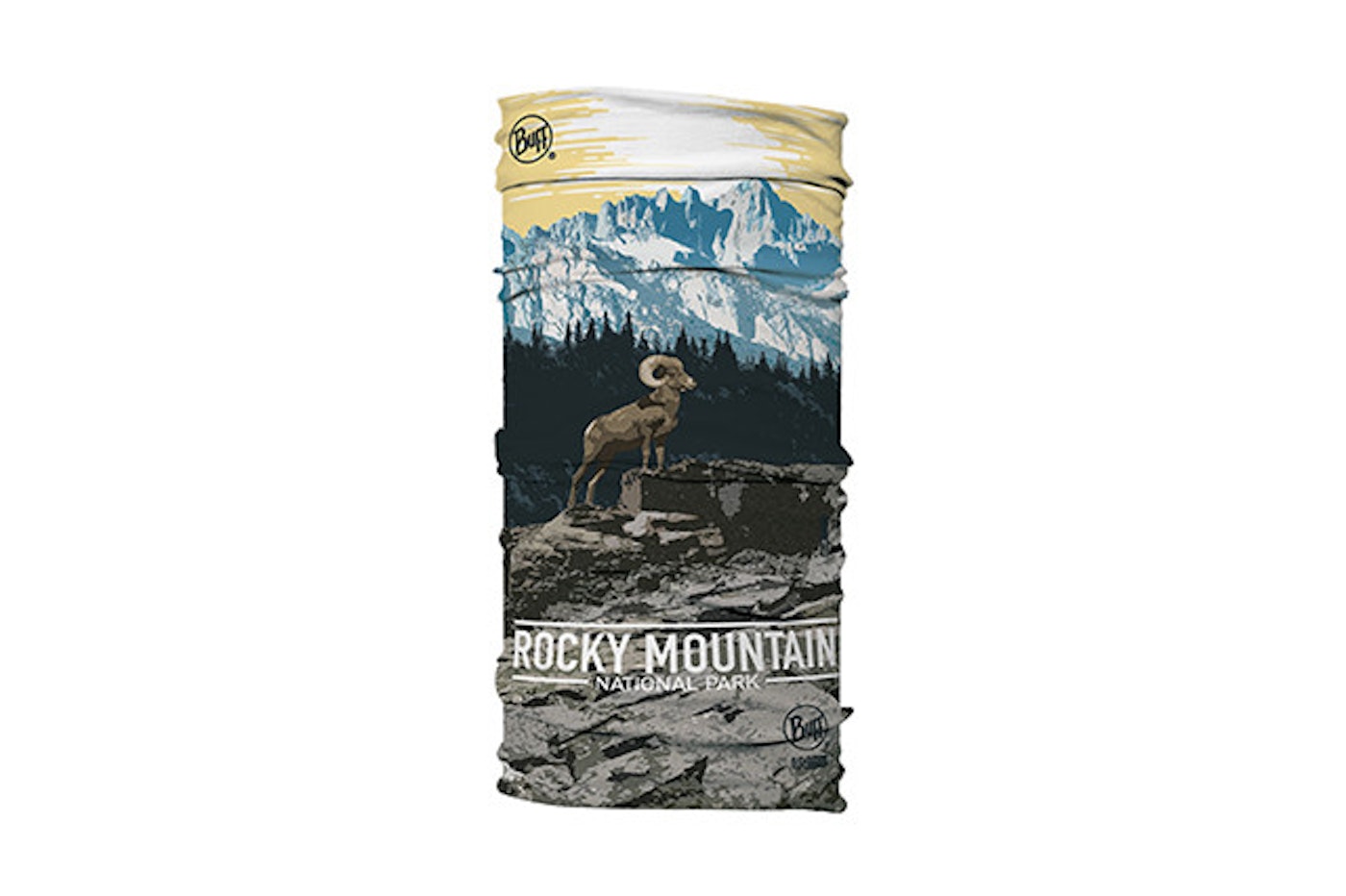
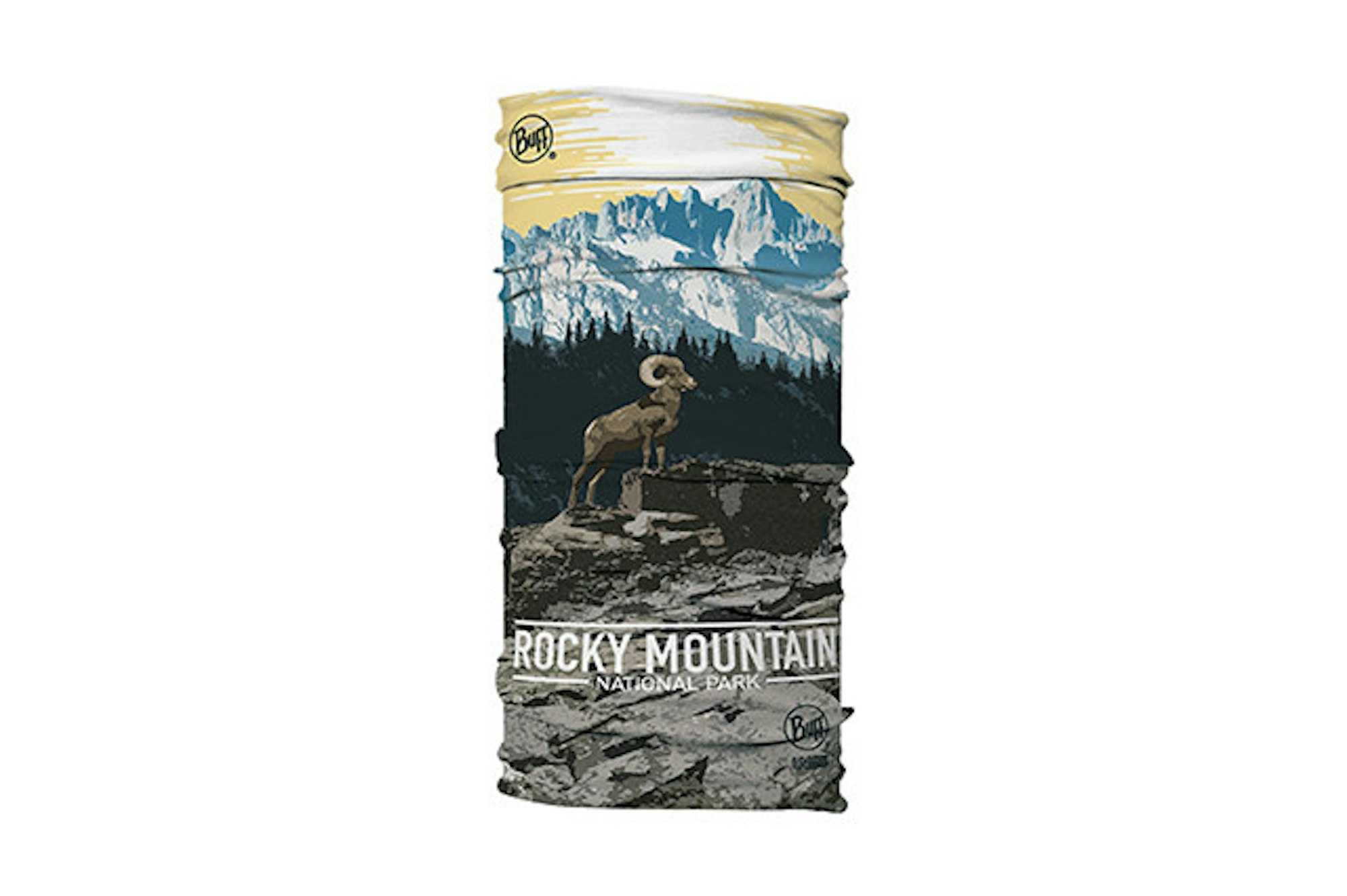
BUFF USA UV BUFF headwear – NP Rocky Mountain: Having face protection is key on your heli-ski trip. I found it most useful when protecting my money maker from the hurricane force winds whipped up by the chopper upon landing and takeoff. It also blocks 95 percent of harmful UV rays when the sun is out and is moisture wicking to keep you dry. I wear the special edition Rocky Mountain National Park BUFF for added style points.
Getting There:
From the United States, there are generally two ways to get to the K2 Rotor Lodge. You can fly into Spokane, Washington (GEG) and then find ground transportation (pre-arranged shuttle or rental car) to take you the final five hours to Nakusp. The other option is to fly into Kelowna, British Columbia (YLW) and drive or hitch a ride for the final three-plus hour journey to the Rotor Lodge.
For more information, head to canadianmountainholidays.com.

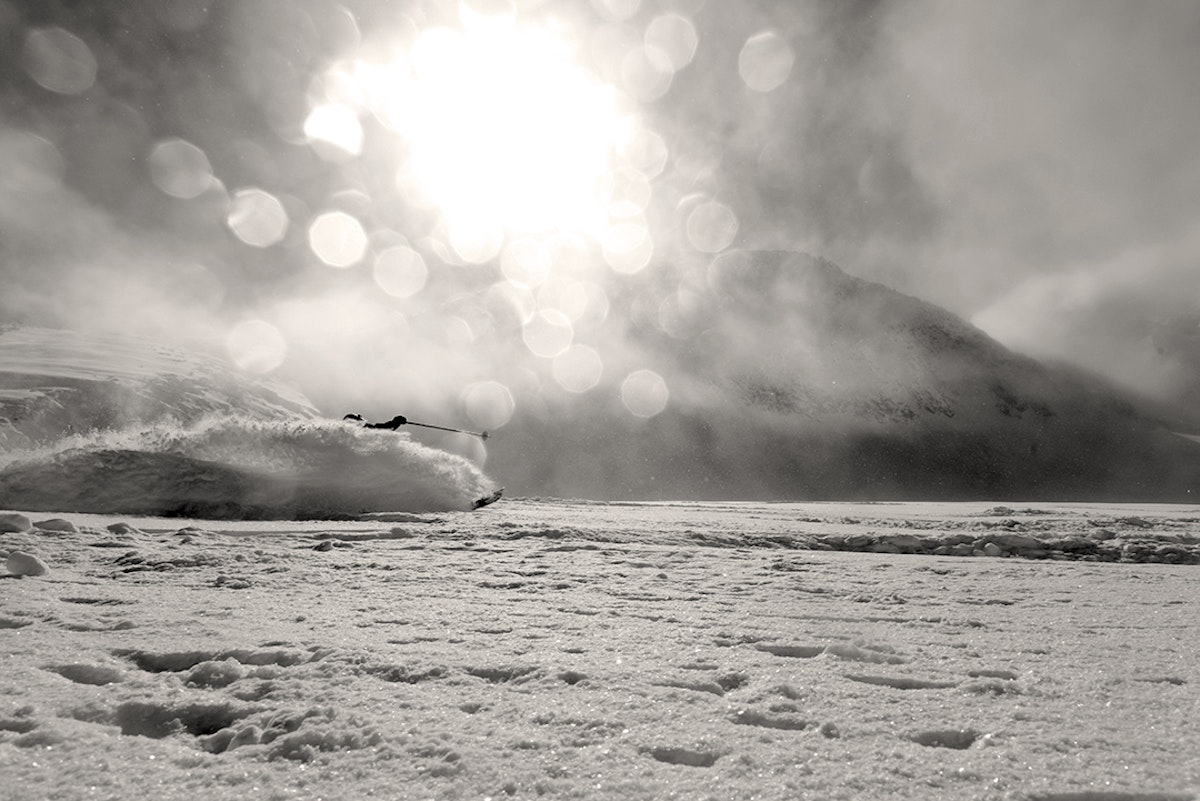

![[GIVEAWAY] Win a Head-to-Toe Ski Setup from IFSA](https://www.datocms-assets.com/163516/1765920344-ifsa.jpg?w=200&h=200&fit=crop)


![[GIVEAWAY] Win a Legendary Ski Trip with Icelantic's Road to the Rocks](https://www.datocms-assets.com/163516/1765233064-r2r26_freeskier_leaderboard1.jpg?auto=format&w=400&h=300&fit=crop&crop=faces,entropy)




![[GIVEAWAY] Win a Head-to-Toe Ski Setup from IFSA](https://www.datocms-assets.com/163516/1765920344-ifsa.jpg?auto=format&w=400&h=300&fit=crop&crop=faces,entropy)


